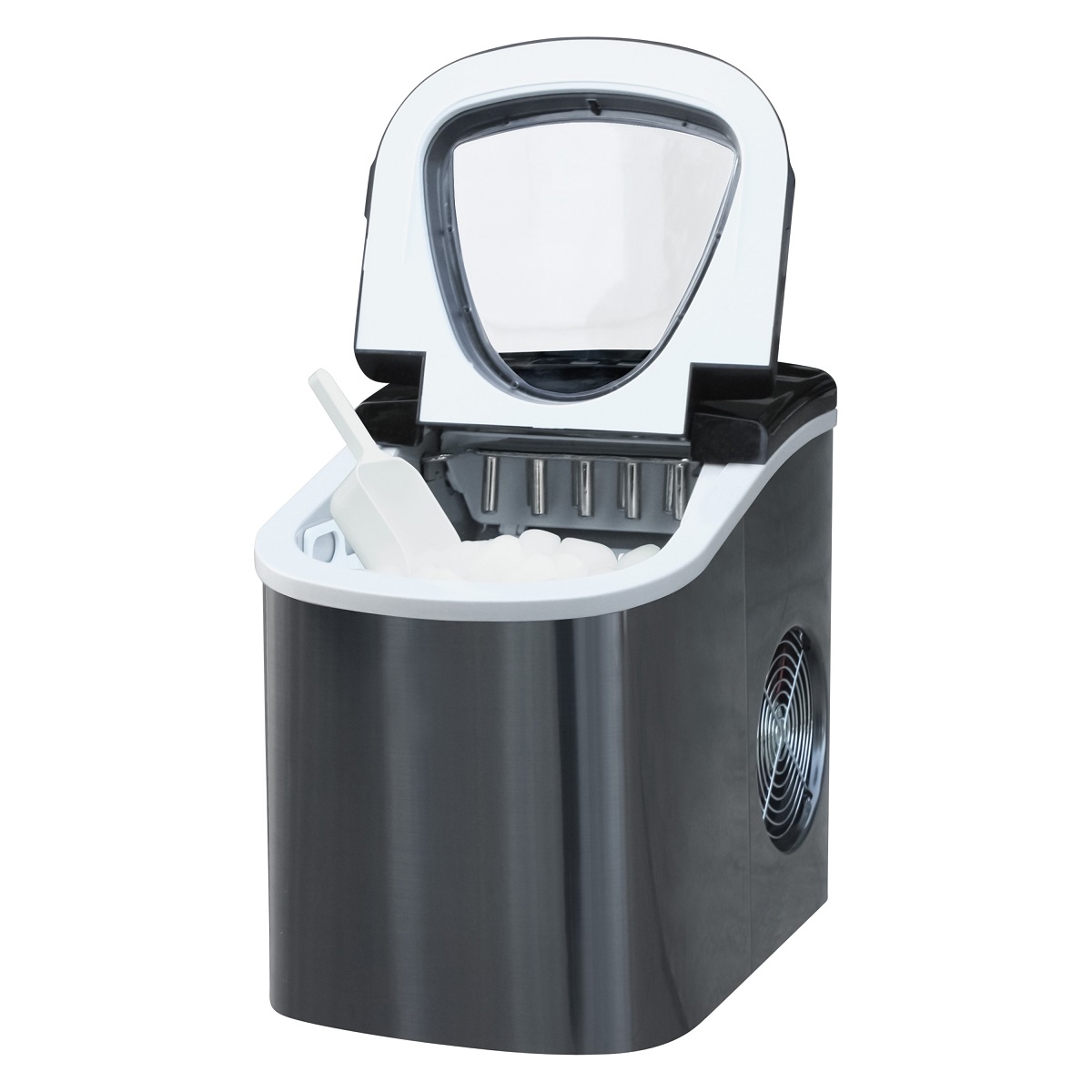

Articles
Where To Put Water In Frigidaire Ice Maker
Modified: May 6, 2024
Looking for articles on where to put water in your Frigidaire ice maker? Find the answers you need and helpful tips in our informative guides.
(Many of the links in this article redirect to a specific reviewed product. Your purchase of these products through affiliate links helps to generate commission for Storables.com, at no extra cost. Learn more)
Where To Put Water In Frigidaire Ice Maker
When it comes to using your Frigidaire Ice Maker, knowing the correct location to put water is crucial. The water placement is necessary to ensure that your appliance functions properly and provides you with a steady supply of ice cubes. In this article, we will guide you through the process of finding the perfect spot to put water in your Frigidaire Ice Maker, ensuring that you can enjoy refreshing ice whenever you need it.
Frigidaire Ice Makers are designed to be convenient and user-friendly. They come with a water fill line that indicates the level to which you should fill the water reservoir. This line is usually located near the top of the ice maker, and it serves as a guide to prevent overfilling or underfilling.
To locate the water fill line of your Frigidaire Ice Maker, you should first consult the user manual that came with the appliance. The manual typically contains diagrams and descriptions that detail the specific placement of the water fill line. It’s important to follow the manufacturer’s instructions to ensure optimal performance.
Once you have identified the water fill line, the next step is to locate the water inlet valve. This valve controls the flow of water into the ice maker. The water inlet valve is usually situated at the back of the appliance, near the water supply line. It is crucial to make sure that the water supply line is properly connected to the valve to avoid any leaks or malfunctions.
Connecting the water supply line to the Frigidaire Ice Maker can differ depending on the model. Some models have an integrated water dispenser that requires a direct connection to a water source, while others may require the use of an external water supply line. Always refer to the user manual for specific instructions on how to connect the water supply line to your particular model of Frigidaire Ice Maker.
Once you have successfully connected the water supply line, it’s time to fill the water reservoir. This is where you will pour water into the ice maker to initiate the ice-making process. It’s important to fill the reservoir up to the designated water fill line, as indicated in the user manual. Overfilling or underfilling the reservoir can result in the ice maker not functioning properly.
It’s worth noting that if you have just installed a new Frigidaire Ice Maker or have not used it for an extended period, it may take some time for the ice maker to produce ice cubes. This is because the ice maker needs to chill the water and go through a few production cycles before it can consistently produce ice cubes.
In case you encounter any issues with the water placement in your Frigidaire Ice Maker, there are a few troubleshooting tips you can try:
- Double-check that the water supply line is securely connected to the water inlet valve.
- Make sure the water supply is turned on and that there are no kinks or obstructions in the supply line.
- Clean the water inlet valve and the water reservoir to remove any debris or mineral buildup that may be affecting the water flow.
By following these guidelines, you can ensure that water is correctly placed in your Frigidaire Ice Maker, allowing you to enjoy a steady supply of ice cubes for all your cooling needs. Remember to consult the user manual for specific instructions tailored to your model, and if you encounter any persistent issues, it is recommended to contact Frigidaire customer support for assistance.
Enjoy the convenience and refreshing power of your fully operational Frigidaire Ice Maker!
Key Takeaways:
- Properly placing water in your Frigidaire Ice Maker ensures optimal ice production and performance. Follow manufacturer’s guidelines, locate the water fill line, and connect the water supply line securely for a continuous supply of refreshing ice cubes.
- Troubleshooting tips for water placement issues in your Frigidaire Ice Maker include checking the water supply line, verifying water pressure, and cleaning the water inlet valve. Contact Frigidaire customer support for personalized assistance with persistent issues.
Introduction
Ice makers have become an essential appliance in many households, providing a convenient way to keep drinks cool and refreshing. Frigidaire Ice Makers are known for their reliability and efficiency, but understanding how to properly place water in them is crucial for optimal performance. In this article, we will provide a comprehensive guide on where to put water in your Frigidaire Ice Maker.
Whether you are a seasoned user or a new owner of a Frigidaire Ice Maker, it’s important to know the correct location to pour water. This ensures that the appliance can produce ice cubes efficiently and consistently. Failure to put water in the right place can result in issues such as slow ice production, misshapen or small cubes, or even no ice at all.
By following the manufacturer’s guidelines and understanding the specific features of your Frigidaire Ice Maker, you can avoid such problems and enjoy a steady supply of ice for all your chilling needs.
In this article, we will first provide an overview of Frigidaire Ice Makers, discussing their features and benefits. Next, we will delve into the specific location of the water fill line, as indicated by the manufacturer. We will guide you on how to identify the water inlet valve, which controls the flow of water into the ice maker. Additionally, we will explain the process of connecting the water supply line to the ice maker, ensuring a secure and efficient water supply.
One of the key steps in putting water in the Frigidaire Ice Maker is filling the water reservoir. We will walk you through the process of correctly filling the reservoir up to the designated water fill line, as outlined in the user manual. We will provide tips and precautions to avoid overfilling or underfilling, which can impact the ice-making process.
Lastly, we will share troubleshooting tips for any issues you may encounter with water placement in your Frigidaire Ice Maker. These tips will help you identify and resolve common problems such as leaks, slow ice production, or uneven cube sizes. By following these troubleshooting steps, you can ensure that your ice maker continues to function at its best.
It’s important to note that while this article provides general guidelines for Frigidaire Ice Makers, it’s always advisable to refer to the user manual specific to your model for detailed instructions. Frigidaire customer support can also provide valuable assistance for any unique concerns or persistent issues.
Now that we have set the stage, let’s dive into the details of where to put water in your Frigidaire Ice Maker, ensuring a consistent supply of refreshing ice cubes whenever you need them.
Overview of Frigidaire Ice Maker
Frigidaire Ice Makers are renowned for their quality and efficiency in producing ice cubes. Designed to fit seamlessly into your kitchen or bar area, these appliances offer a convenient and reliable solution for your ice needs. Whether you’re hosting a party, enjoying a refreshing drink, or simply want to keep your beverages cool, a Frigidaire Ice Maker is an essential addition to any home.
One of the key features of Frigidaire Ice Makers is their compact and sleek design. They are available in various sizes and capacities, allowing you to choose the model that best suits your space and usage requirements. Frigidaire Ice Makers can produce different quantities of ice cubes per day, ranging from around 26 to 48 pounds, ensuring that you never run out of ice when you need it.
These ice makers are equipped with user-friendly control panels, making it easy to select the desired ice cube size and monitor the ice-making process. The control panels often have indicators that display the current status of the ice maker, such as when the ice bin is full or when the water needs to be refilled. Some models even have a built-in water dispenser, providing you with chilled water on demand.
One of the standout features of Frigidaire Ice Makers is their rapid ice-making capability. The appliances utilize advanced technology to produce ice cubes in a short period, ensuring that you have a ready supply of ice whenever you need it. The ice-making process typically involves a freezing cycle and a harvesting cycle, allowing the ice maker to continuously produce ice cubes throughout the day.
Another advantage of Frigidaire Ice Makers is their energy efficiency. These appliances are designed to conserve energy while still delivering optimal performance. They often feature insulation and other energy-saving mechanisms to minimize electricity consumption, making them an environmentally friendly choice.
Maintenance is also made easy with Frigidaire Ice Makers. They are designed with removable ice bins and water reservoirs, allowing for easy cleaning and sanitizing. Regular maintenance, such as removing any ice buildup or cleaning the water inlet valve, ensures that the ice maker functions optimally and prolongs its lifespan.
Frigidaire Ice Makers have gained a strong reputation for their durability and reliability. With proper care and maintenance, these appliances can serve you for many years, consistently delivering a steady supply of high-quality ice cubes. Frigidaire also provides excellent customer support, offering assistance and guidance to resolve any issues that may arise.
In summary, Frigidaire Ice Makers are an excellent addition to any home or commercial setting where a regular supply of ice cubes is essential. Their compact and stylish design, coupled with their rapid ice-making capabilities and energy efficiency, make them an ideal choice. By following the manufacturer’s instructions on where to put water and properly maintaining your Frigidaire Ice Maker, you can enjoy the convenience and reliability of this appliance for years to come.
Location of the Water Fill Line
The water fill line in a Frigidaire Ice Maker is a crucial component that determines the correct level to fill the water reservoir. It ensures that you do not overfill or underfill the appliance, allowing for optimal ice production. Locating the water fill line is essential for maintaining the proper functioning of your Frigidaire Ice Maker.
The location of the water fill line can vary slightly depending on the model of your Frigidaire Ice Maker. However, in most cases, you can find the water fill line near the top of the ice maker. It is typically marked with a line or indicator, indicating the maximum water level that should be reached when filling the water reservoir.
To locate the water fill line, refer to the user manual that came with your Frigidaire Ice Maker. The manual will provide specific instructions and diagrams for your particular model, helping you easily identify the correct placement of the water fill line.
Once you have located the water fill line, it’s important to adhere to the indicated level when filling the water reservoir. Overfilling the reservoir can lead to water overflowing and causing unnecessary leaks or damage to the ice maker. Conversely, underfilling the reservoir can result in insufficient water supply, leading to slower ice production or smaller ice cubes. Following the recommended water fill level ensures optimal performance and consistent ice production.
It’s worth noting that the water fill line may not be visible when the ice maker’s cover or lid is closed. In such cases, you may need to remove the cover or lid temporarily to access and view the water fill line. Be sure to handle the cover or lid carefully and avoid any damage or misalignment when removing and reattaching it.
By understanding and locating the water fill line in your Frigidaire Ice Maker, you can ensure proper water placement and avoid any potential issues that may arise from overfilling or underfilling. Always consult the user manual for your specific model to ensure accurate placement, and enjoy a continuous supply of refreshing ice cubes.
Identifying the Water Inlet Valve
The water inlet valve in a Frigidaire Ice Maker is a vital component that controls the flow of water into the appliance. Identifying the water inlet valve is essential for proper installation, troubleshooting, and maintenance. Understanding the location and function of the water inlet valve ensures that your Frigidaire Ice Maker operates efficiently and provides a steady supply of ice cubes.
The water inlet valve is usually located at the back of the Frigidaire Ice Maker, near the connection point for the water supply line. It is a small, rectangular or cylindrical component with water inlet and outlet ports. The inlet port connects to the water supply line, while the outlet port releases water into the ice maker’s water reservoir.
To identify the water inlet valve in your Frigidaire Ice Maker, carefully inspect the back of the appliance. Look for a small plastic or metal mechanism with water hose connections. In some models, the water inlet valve may be partially concealed behind a panel or cover, so you may need to remove it to access the valve.
Another way to identify the water inlet valve is to refer to the user manual specific to your Frigidaire Ice Maker. The manual often includes diagrams, illustrations, or descriptions that highlight the location and appearance of the water inlet valve. It will also provide detailed instructions on how to connect the water supply line to the valve.
Once you have located the water inlet valve, it’s important to ensure that the water supply line is securely connected to the valve. The connection should be tight and free from any leaks or obstructions. Check that the water supply line is properly threaded onto the valve and use any necessary fittings or adapters to create a secure connection.
If you are installing a new Frigidaire Ice Maker or replacing the water supply line, it’s crucial to follow the manufacturer’s guidelines and specific instructions. This ensures a proper connection and minimizes the risk of leaks or malfunctions.
By identifying the water inlet valve and ensuring a secure connection to the water supply line, you can ensure that your Frigidaire Ice Maker receives a consistent flow of water. This contributes to the efficient and reliable production of ice cubes. Regular inspection and maintenance of the water inlet valve can also help identify any issues or blockages that may affect water flow and take appropriate action.
Remember to consult the user manual and follow the manufacturer’s guidelines for your specific Frigidaire Ice Maker model. If you encounter any persistent issues or have questions regarding the water inlet valve, it is advisable to contact Frigidaire customer support for further assistance.
The water in a Frigidaire ice maker should be poured into the water reservoir located at the back of the ice maker. Open the cover and carefully pour the water into the reservoir, making sure not to overfill it. Close the cover securely before using the ice maker.
Connecting the Water Supply Line
Connecting the water supply line to your Frigidaire Ice Maker is an essential step in ensuring a steady and reliable water source for ice production. Proper installation and connection of the water supply line will prevent leaks, ensure optimal water flow, and contribute to the efficiency of your ice maker. In this section, we will guide you through the process of connecting the water supply line to your Frigidaire Ice Maker.
The specific steps for connecting the water supply line can vary depending on the model of your Frigidaire Ice Maker. Therefore, it is crucial to consult the user manual that came with your appliance. The manual will provide detailed instructions and diagrams specific to your model, guiding you through the installation process.
First, locate the water inlet valve on the back of your Frigidaire Ice Maker. The water inlet valve is the connection point for the water supply line. It is usually a small, rectangular or cylindrical component with water inlet and outlet ports.
Next, ensure that the water supply line is the correct type and size for your Frigidaire Ice Maker. Most models require a 1/4-inch plastic or copper supply line. Make sure you have the necessary fittings and adapters to connect the water supply line to the water inlet valve.
Before connecting the water supply line, it’s important to shut off the main water supply to your home or the specific water line that will be connected to the ice maker. This prevents any water from flowing during the installation process and avoids potential leaks or accidents.
Once the water supply is turned off, carefully connect one end of the supply line to the water inlet valve on the Frigidaire Ice Maker. Ensure that the connection is secure and tight to prevent any leaks. Use the appropriate fittings or adapters if necessary.
With the water supply line securely connected to the ice maker, you can proceed to connect the other end of the supply line to the water source. This may be the main water supply for your home, a nearby water line, or a dedicated water outlet specifically for your ice maker.
If you are unsure about the proper connection method, it is recommended to consult a professional or contact Frigidaire customer support for assistance. They can provide specific guidance tailored to your model and ensure that the water supply line is connected safely and correctly.
After connecting the water supply line, turn on the main water supply or the specific water line connected to your ice maker. Check for any leaks around the connections and ensure that water flows smoothly into the ice maker’s water inlet valve without any obstructions.
Regularly inspect the water supply line and connections for any signs of leaks or damage. If you notice any issues, promptly shut off the water supply and address the problem to prevent further damage to your Frigidaire Ice Maker.
By following these guidelines and consulting the user manual for your specific model, you can confidently connect the water supply line to your Frigidaire Ice Maker. A proper and secure connection ensures a reliable water source for ice production, allowing you to enjoy a continuous supply of ice cubes whenever you need them.
Filling the Water Reservoir
Filling the water reservoir of your Frigidaire Ice Maker is an important step in the ice-making process. Properly filling the reservoir ensures efficient ice production and a continuous supply of ice cubes. In this section, we will guide you on how to correctly fill the water reservoir of your Frigidaire Ice Maker.
Before filling the water reservoir, make sure you have located the water fill line on your Frigidaire Ice Maker. The water fill line indicates the maximum level to which you should fill the reservoir. It is usually marked near the top of the ice maker and is identified in the user manual specific to your model.
Once you have identified the water fill line, open the lid or cover of the ice maker to access the water reservoir. The lid or cover should be easy to open and close, allowing you to access the reservoir without any hassle.
Now, using a clean and safe water source, carefully pour water into the reservoir, making sure not to exceed the water fill line. It’s important to fill the water reservoir up to the designated water fill line to avoid overfilling or underfilling, which could impact ice production and the overall performance of your Frigidaire Ice Maker.
If the water fill line is not clearly visible when the lid or cover is closed, you may need to remove it temporarily to accurately fill the reservoir. Handle the lid or cover with care, ensuring that it is properly aligned and securely reattached after filling the reservoir.
Take caution not to spill water inside the ice maker, as this can result in malfunction or damage. If any water does spill, carefully wipe it up using a clean cloth to avoid any electrical hazards or potential slips.
It’s worth noting that if you have just installed a new Frigidaire Ice Maker or have not used it for an extended period, it may take some time for the ice maker to initially produce ice cubes. This is because the ice maker needs to chill the water and go through a few production cycles before it can consistently produce ice cubes. Be patient and allow the ice maker sufficient time to reach its optimal ice-making capacity.
Regularly check the water level in the reservoir to ensure that it does not fall below the minimum level required for proper ice production. If the water level becomes too low, add water to bring it back to the recommended level indicated by the water fill line.
By following these steps and adhering to the manufacturer’s recommendations, you can effectively fill the water reservoir of your Frigidaire Ice Maker. This will facilitate the ice-making process and ensure a consistent supply of refreshing ice cubes for your enjoyment.
Troubleshooting Tips for Water Placement in Frigidaire Ice Makers
While Frigidaire Ice Makers are known for their reliability, there may be instances where you encounter issues with water placement. These issues can affect the ice-making process and result in slow ice production, misshapen cubes, or even no ice at all. In this section, we will provide some troubleshooting tips to help you address common water placement problems in Frigidaire Ice Makers.
- Double-check the water supply line: Ensure that the water supply line is securely connected to the water inlet valve on your Frigidaire Ice Maker. Inspect the connection for any signs of leaks or loose fittings. A loose or faulty connection can contribute to water placement issues.
- Verify the water supply: Make sure that the water supply is turned on and providing sufficient water pressure to the ice maker. Low water pressure can affect the proper filling of the water reservoir. If you suspect low pressure, you may need to consult a plumber or contact your local water supplier for assistance.
- Check for kinks or obstructions: Examine the water supply line and ensure that there are no kinks, bends, or obstructions that could impede water flow. A kinked or blocked water supply line can result in insufficient water reaching the ice maker, affecting ice production.
- Clean the water inlet valve: Over time, mineral deposits and debris can accumulate in the water inlet valve, obstructing the water flow. Regularly clean the water inlet valve to remove any buildup. Consult the user manual for specific instructions on how to safely clean the valve.
- Inspect the water reservoir: Check the water reservoir for any debris or mineral deposits that could affect the water placement. Clean the reservoir regularly to ensure that water flows freely and unobstructed. Empty and rinse the reservoir if you notice any buildup.
- Ensure proper temperature: Frigidaire Ice Makers require a specific temperature range for optimal ice production. Make sure that the surrounding temperature is within the recommended range specified in the user manual. Extremes in temperature can impact water placement and ice cube formation.
- Monitor for error codes or indicators: Some Frigidaire Ice Makers are equipped with error codes or indicators that alert you to specific issues. Consult the user manual to understand what these codes or indicators mean and how to troubleshoot them. Addressing any identified issues can help resolve water placement problems.
If you have followed these troubleshooting tips and are still experiencing difficulties with water placement in your Frigidaire Ice Maker, it is recommended to contact Frigidaire customer support or a qualified technician. They can provide further assistance, diagnose any underlying issues, and guide you on the appropriate steps to resolve the problem.
Remember that proper maintenance, regular cleaning, and adhering to the manufacturer’s instructions are essential for the optimal performance of your Frigidaire Ice Maker. By addressing water placement issues promptly and efficiently, you can ensure a consistent and reliable supply of refreshing ice cubes.
Conclusion
In conclusion, knowing where to put water in your Frigidaire Ice Maker is crucial for optimal performance and a continuous supply of ice cubes. By following the manufacturer’s guidelines and understanding the specific features of your ice maker, you can ensure that water is properly placed, allowing for efficient ice production.
We started by providing an overview of Frigidaire Ice Makers, highlighting their compact design, rapid ice-making capabilities, energy efficiency, and durability. These features make Frigidaire Ice Makers an excellent choice for any home or commercial setting where a reliable supply of ice cubes is essential.
We then discussed the importance of locating the water fill line, which indicates the maximum level to which the water reservoir should be filled. By adhering to the water fill line, you can avoid overfilling or underfilling, ensuring consistent ice production and preventing any potential issues.
Identifying the water inlet valve is another crucial step in utilizing your Frigidaire Ice Maker effectively. Understanding its location and function allows for proper installation, troubleshooting, and maintenance of the water supply line. A secure and reliable connection to the water supply line ensures consistent water flow to the ice maker.
Connecting the water supply line involves following the manufacturer’s instructions specific to your model. Shutting off the main water supply, securely connecting the supply line to the water inlet valve, and checking for leaks are vital steps in establishing a safe and efficient water supply for your Frigidaire Ice Maker.
Filling the water reservoir up to the designated water fill line is essential for ensuring optimal water placement. By following the manufacturer’s guidelines and using a clean water source, you can avoid overfilling or underfilling, which can affect ice production and the overall performance of your ice maker.
Lastly, we provided troubleshooting tips for common water placement issues in Frigidaire Ice Makers. These tips help identify and address concerns such as low water pressure, kinks or obstructions in the water supply line, mineral buildup in the water inlet valve or reservoir, and issues with surrounding temperature, among others.
If you encounter persistent issues with water placement in your Frigidaire Ice Maker, it is recommended to contact Frigidaire customer support or a qualified technician. They can provide personalized guidance and assistance to resolve any specific problems you may be facing.
By following these guidelines, you can ensure proper water placement in your Frigidaire Ice Maker, enabling you to enjoy a consistent supply of refreshing ice cubes whenever you need them. Proper maintenance, regular cleaning, and adherence to the manufacturer’s instructions will contribute to the optimal functioning and longevity of your Frigidaire Ice Maker.
With your newfound knowledge, you can confidently utilize your Frigidaire Ice Maker and experience the convenience, efficiency, and joy of having a reliable source of ice cubes in your home or commercial space.
Now that you know how to fill your Frigidaire ice maker, why stop there? Mastering water line installation will ensure your appliance gets a steady, reliable supply. Check out our guide on how to install a water line for an ice maker. Keeping your refrigerator in top form doesn't end with installation, either. Regular upkeep is crucial. Learn the best practices for cleaning a refrigerator ice maker and keep your system running smoothly without a hitch.
Frequently Asked Questions about Where To Put Water In Frigidaire Ice Maker
Was this page helpful?
At Storables.com, we guarantee accurate and reliable information. Our content, validated by Expert Board Contributors, is crafted following stringent Editorial Policies. We're committed to providing you with well-researched, expert-backed insights for all your informational needs.
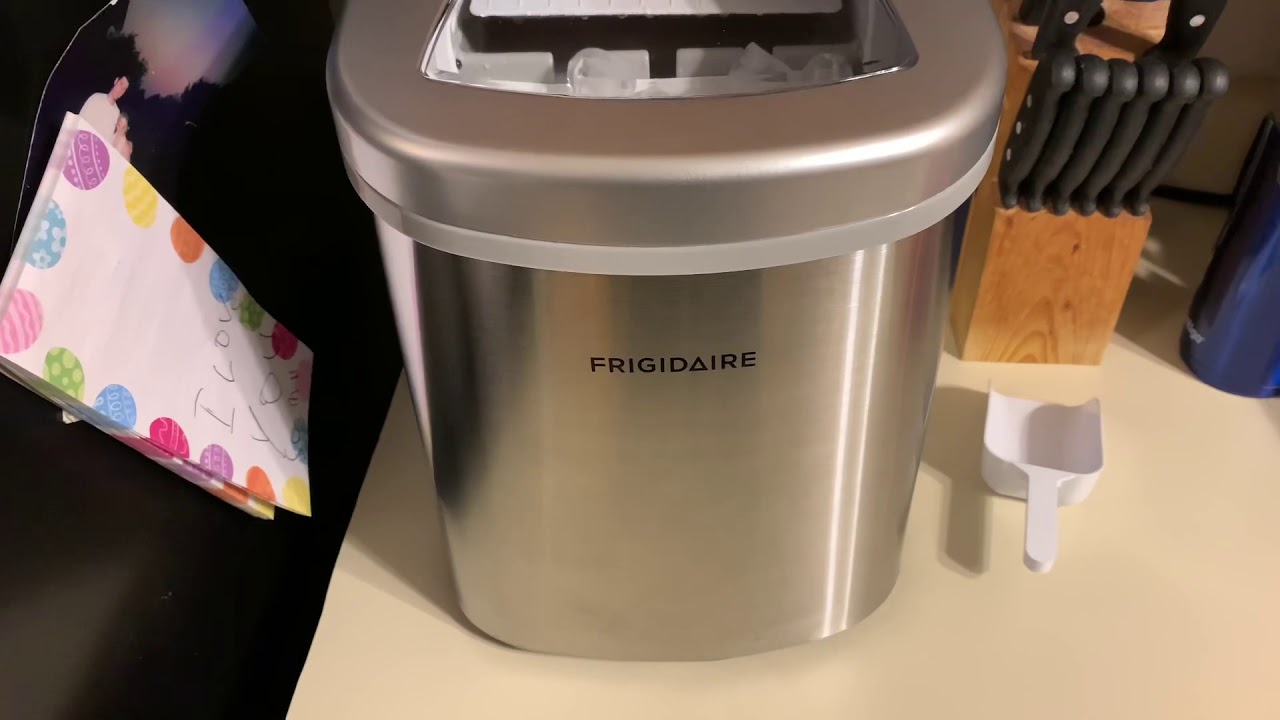
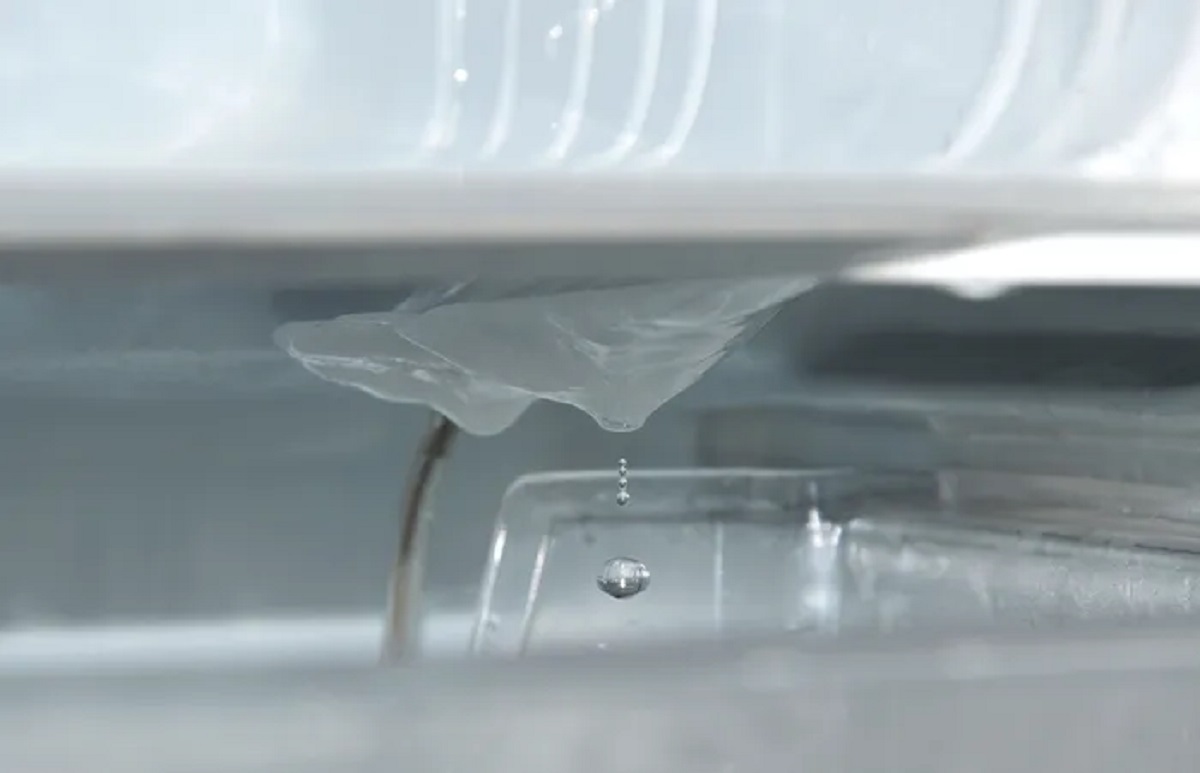
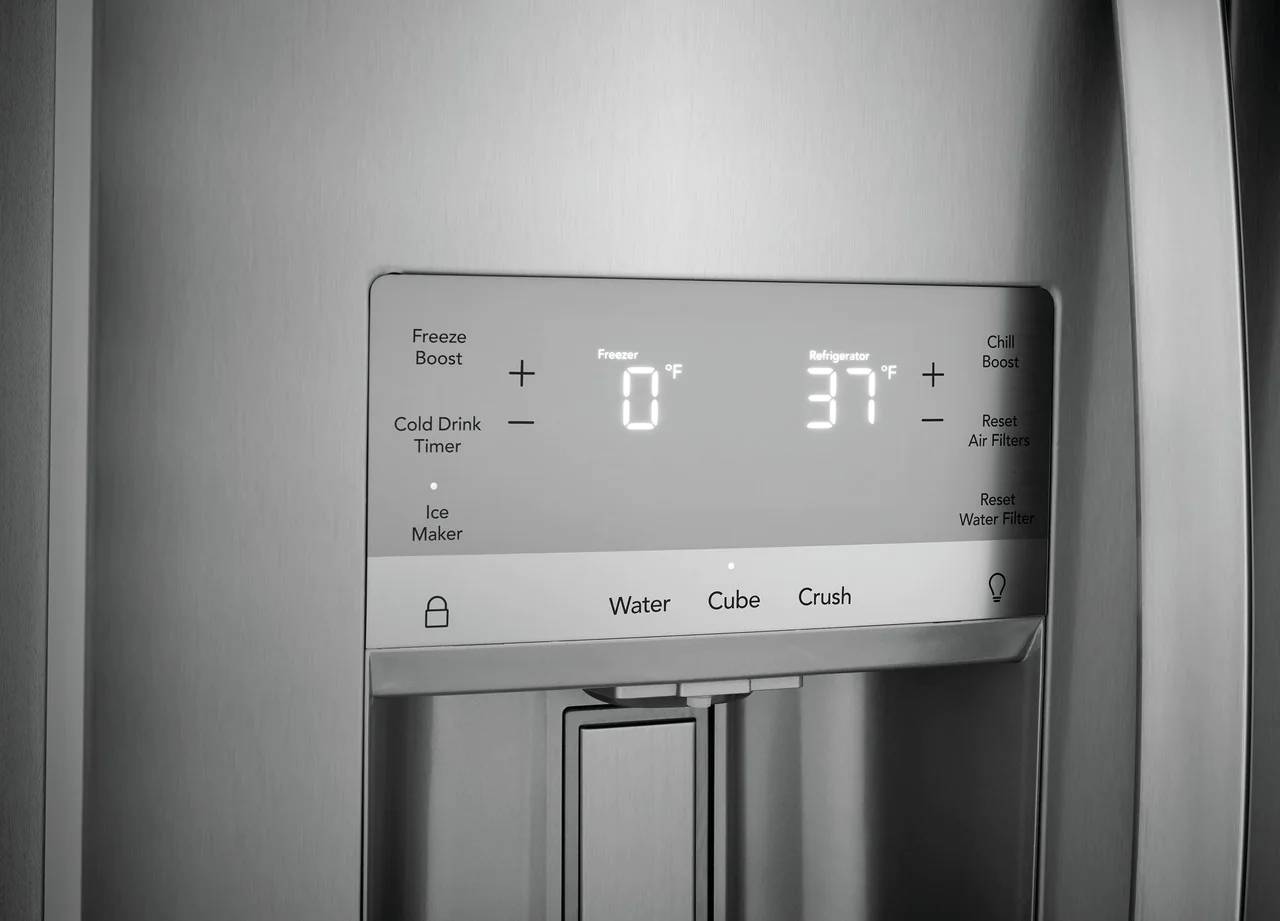
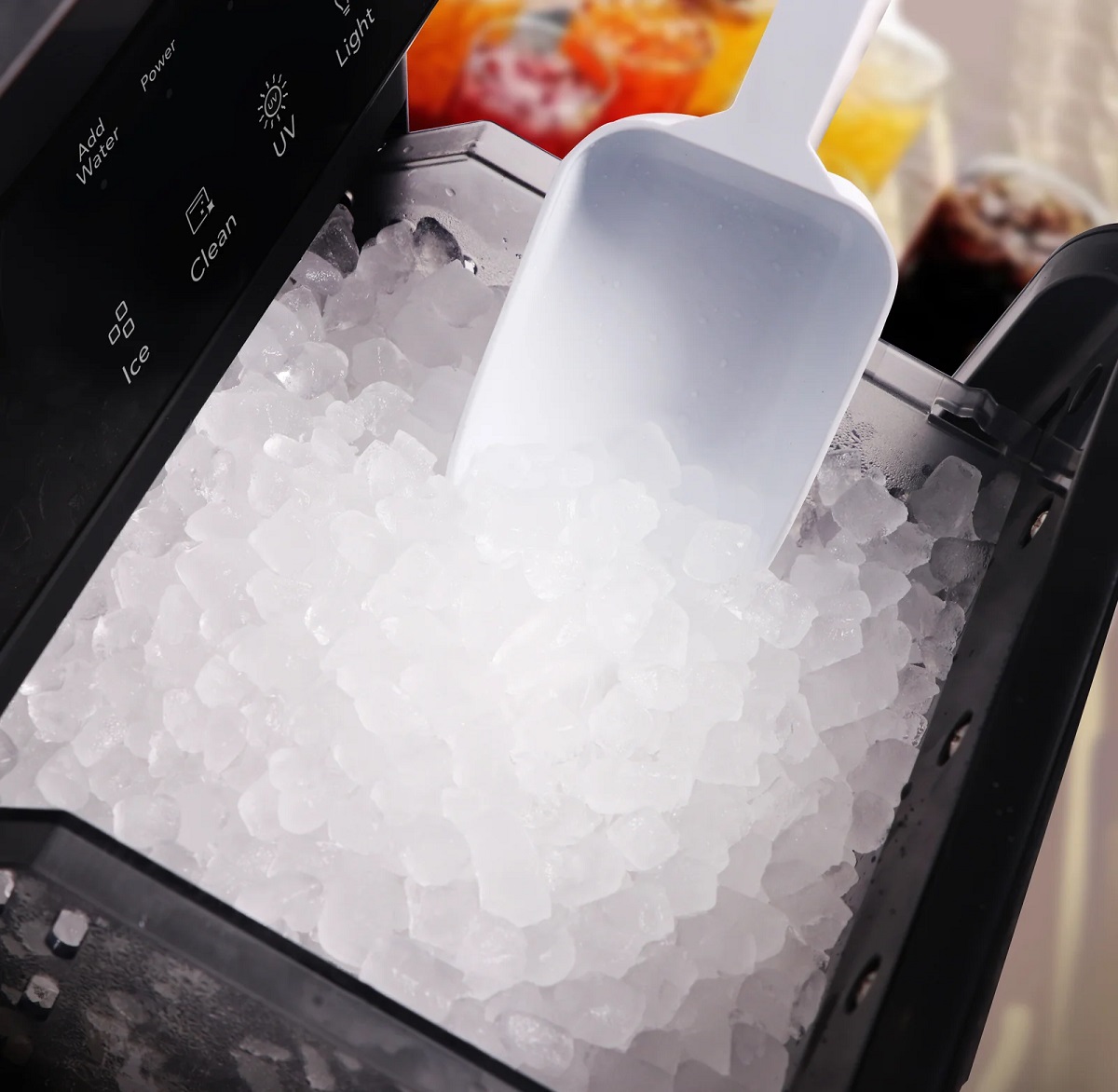
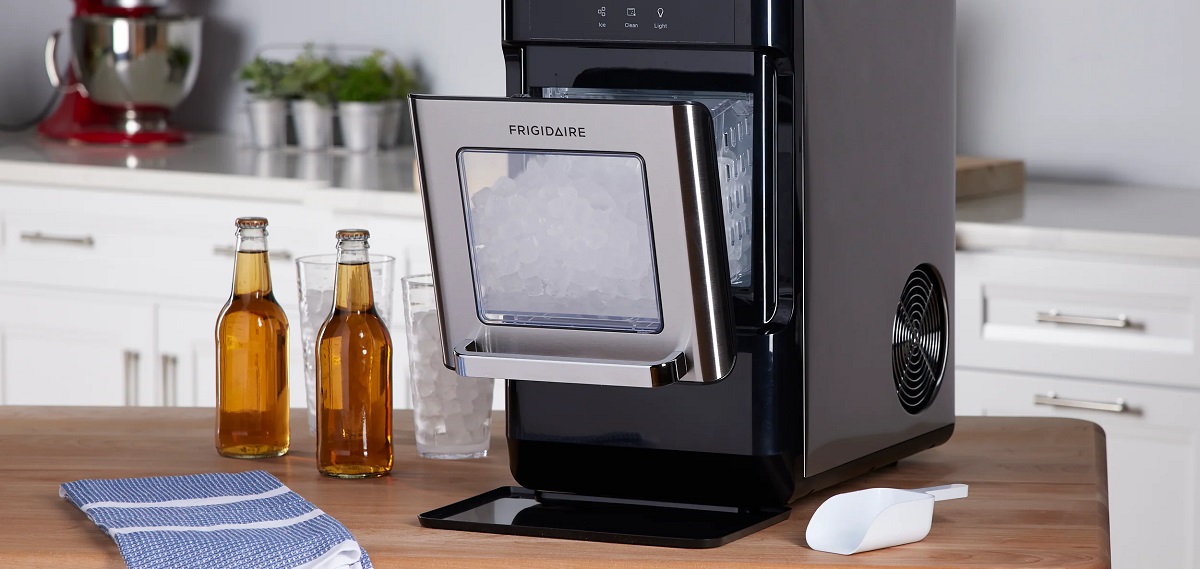
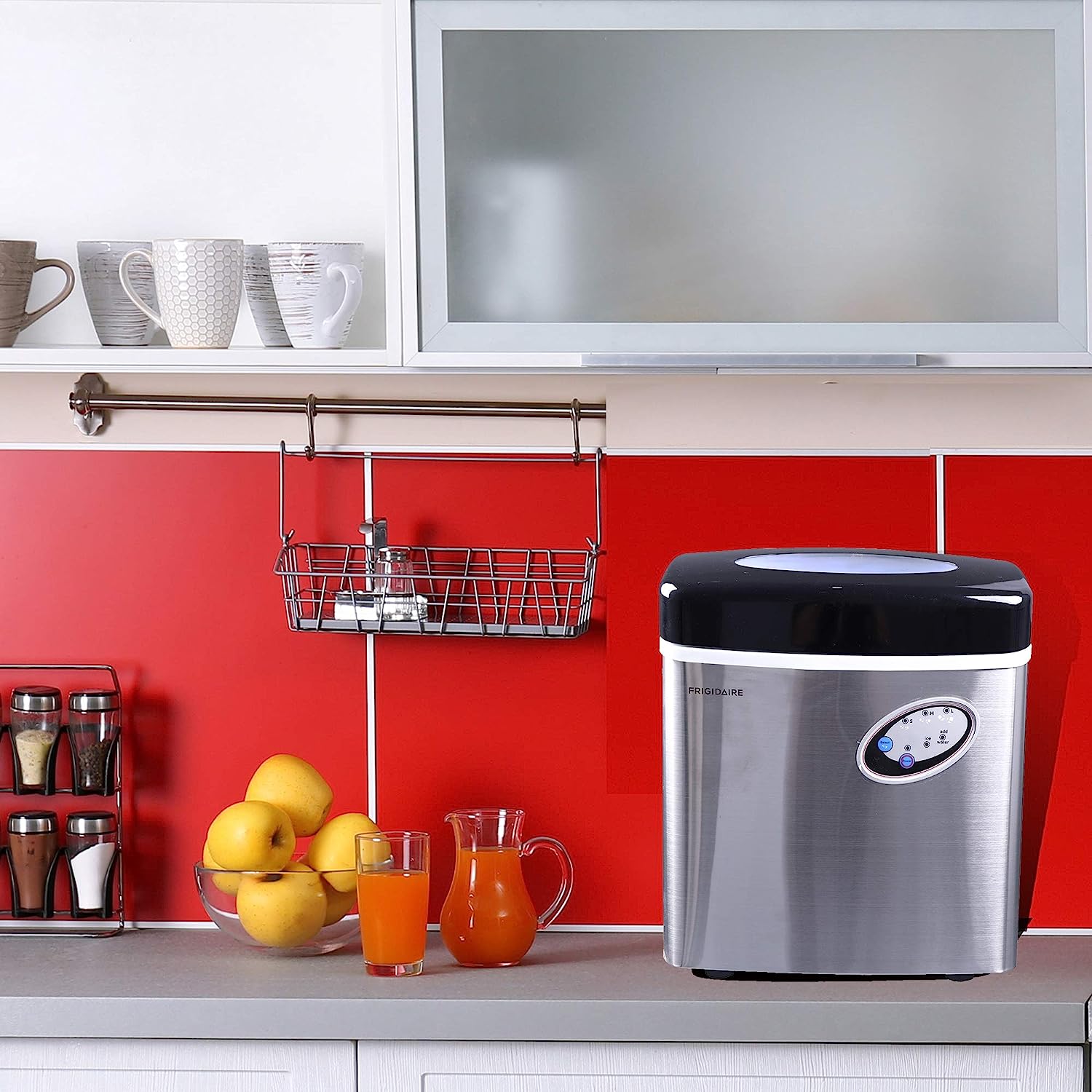
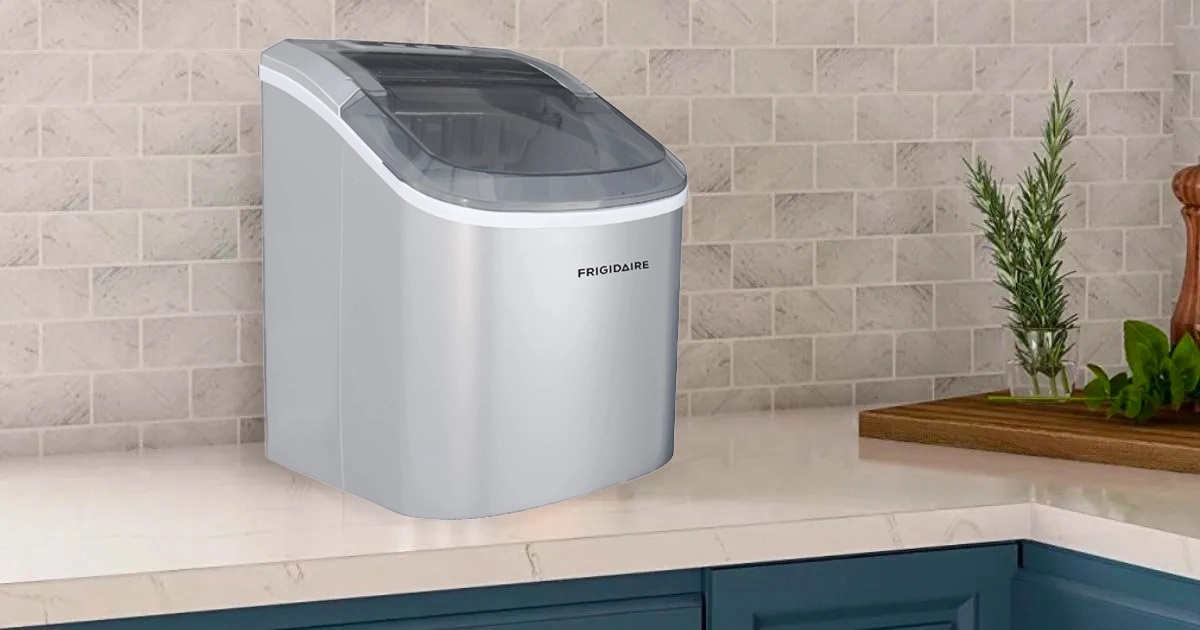
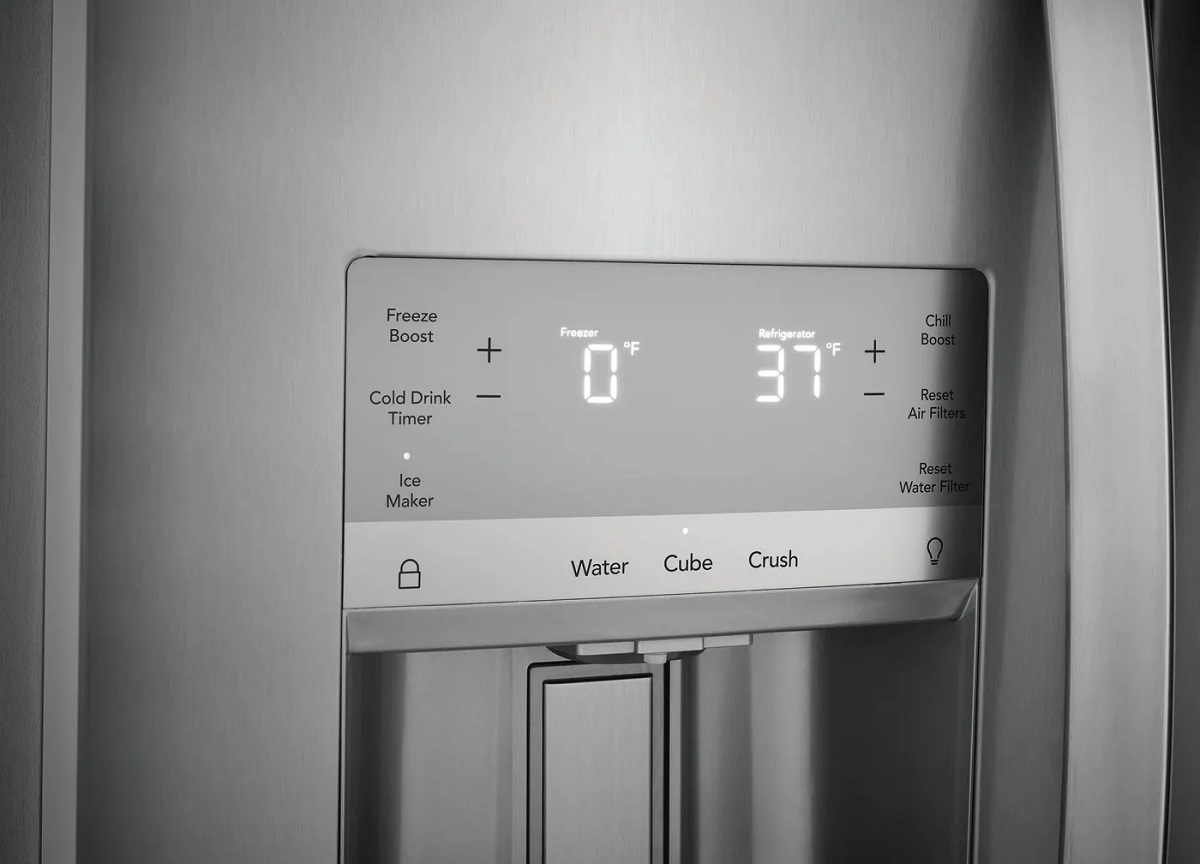
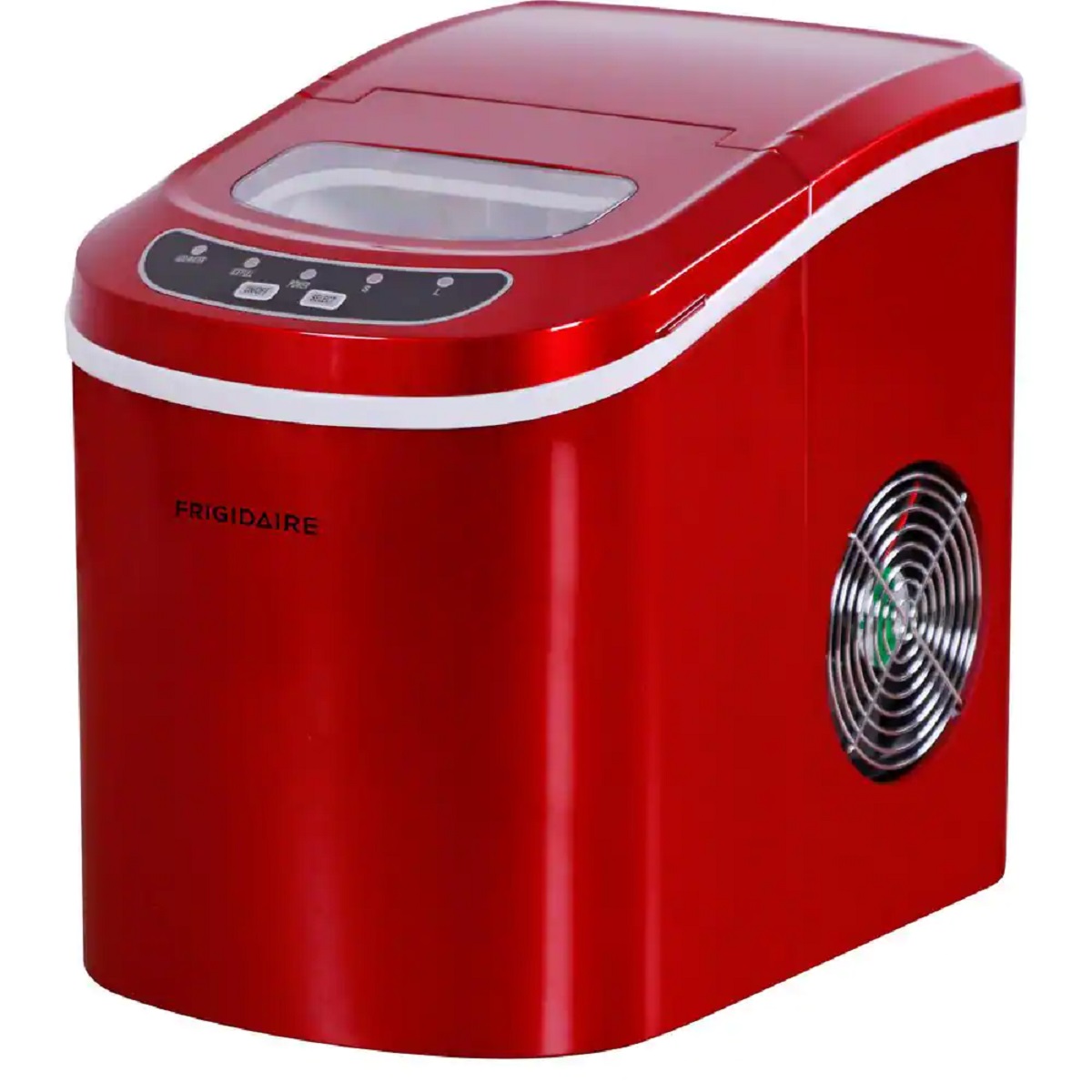
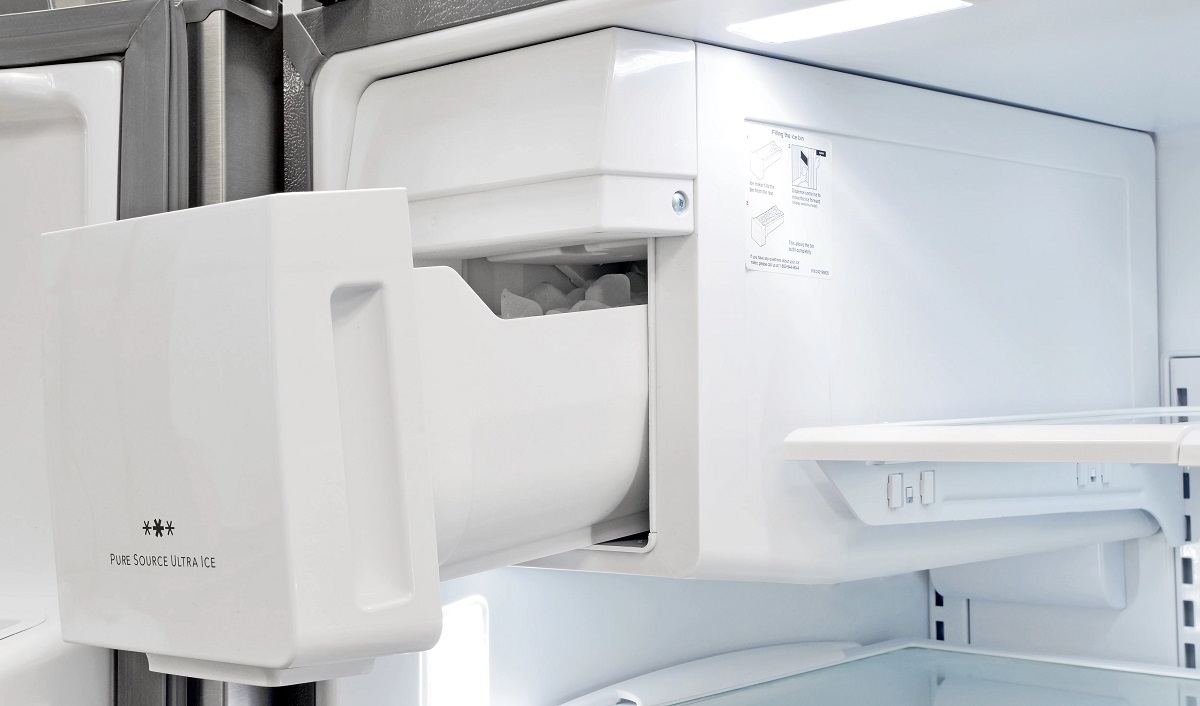
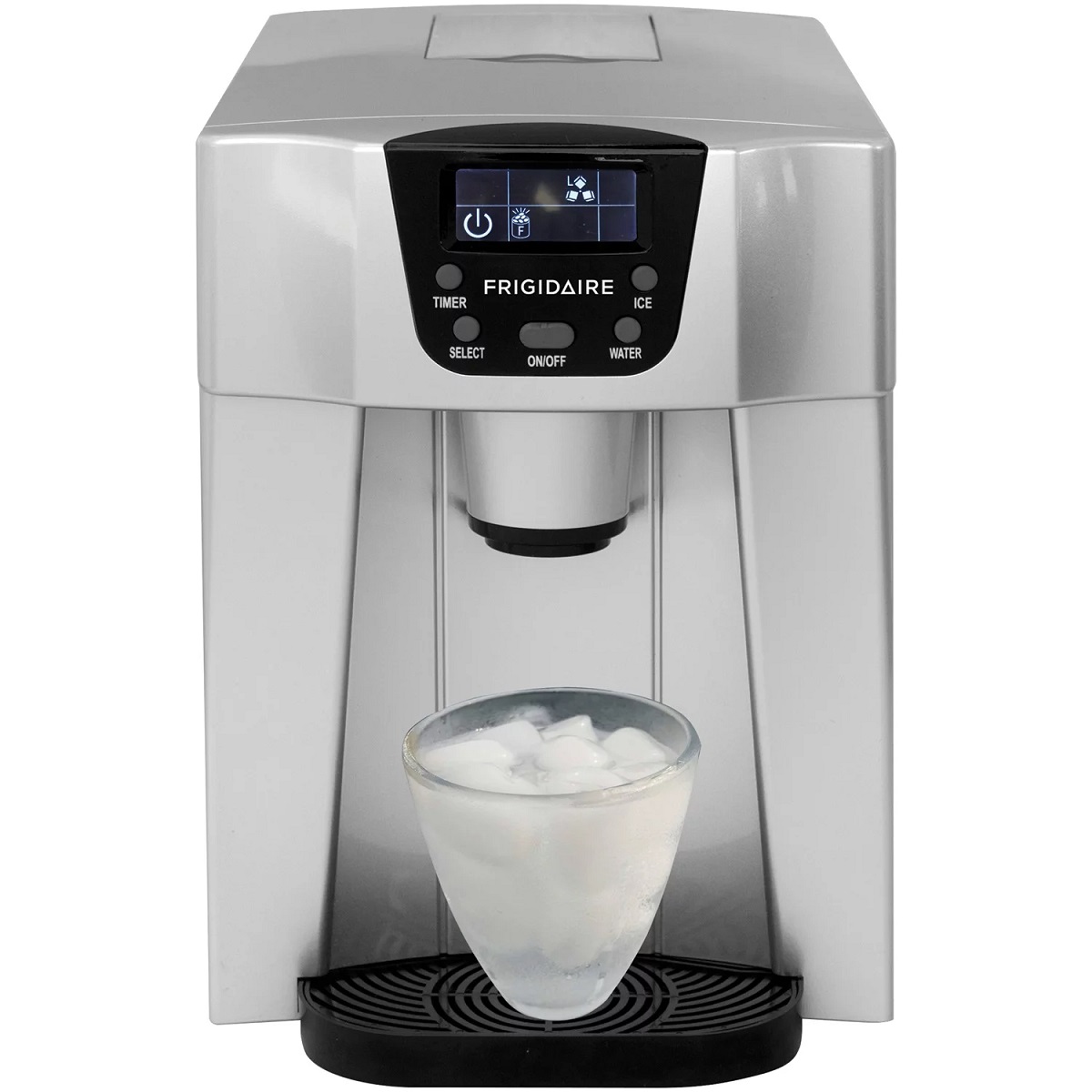
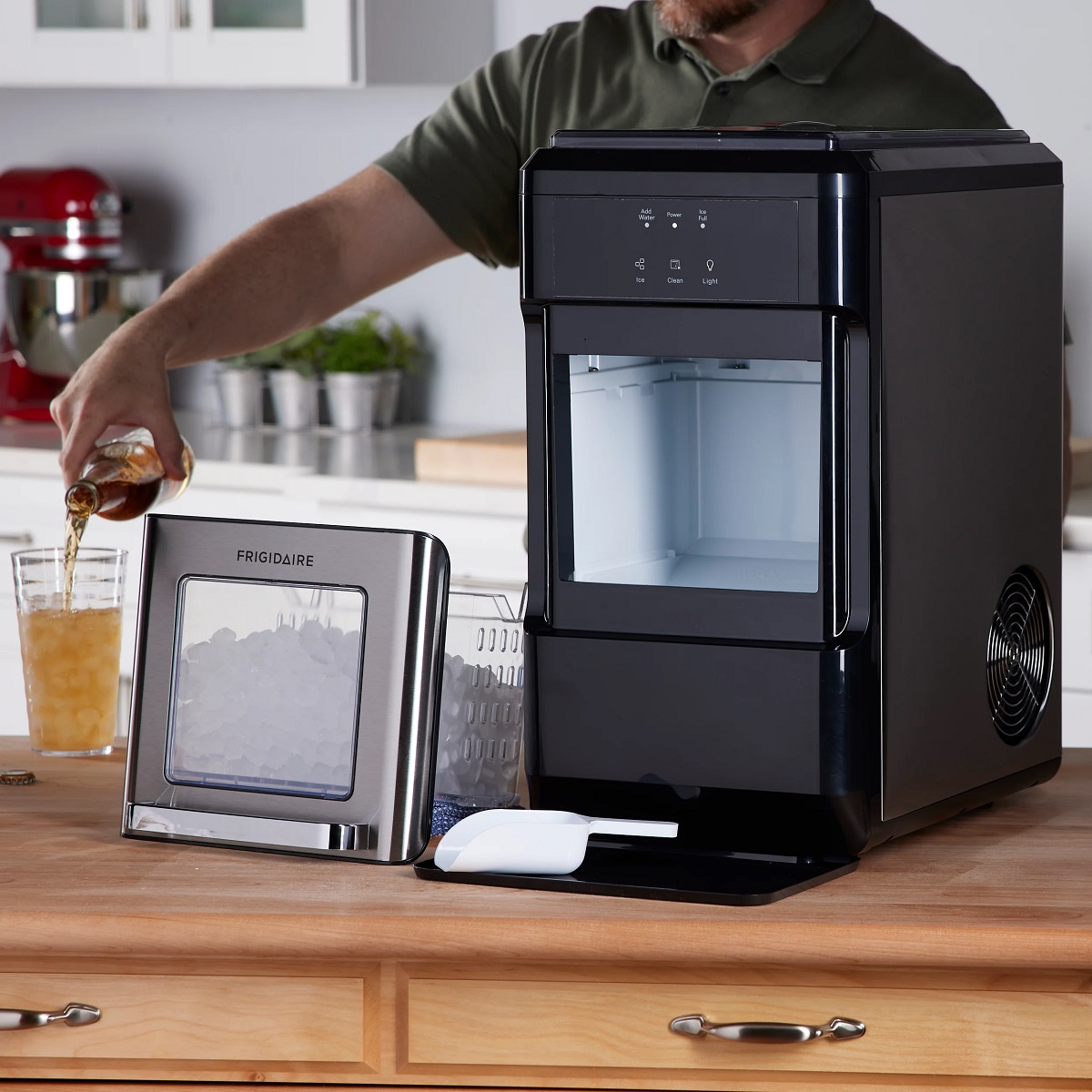
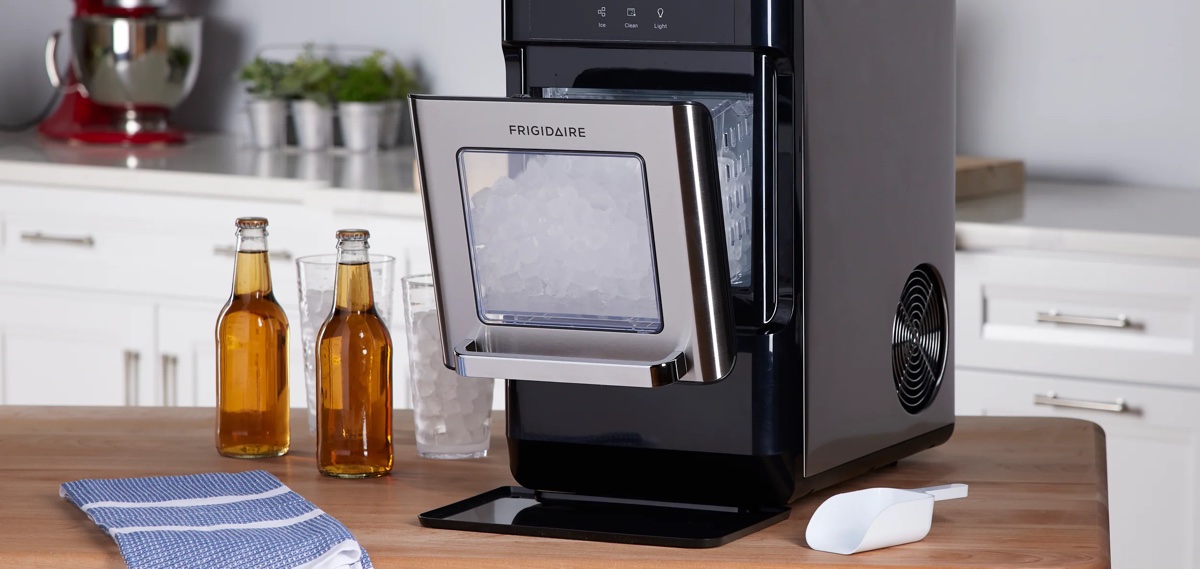
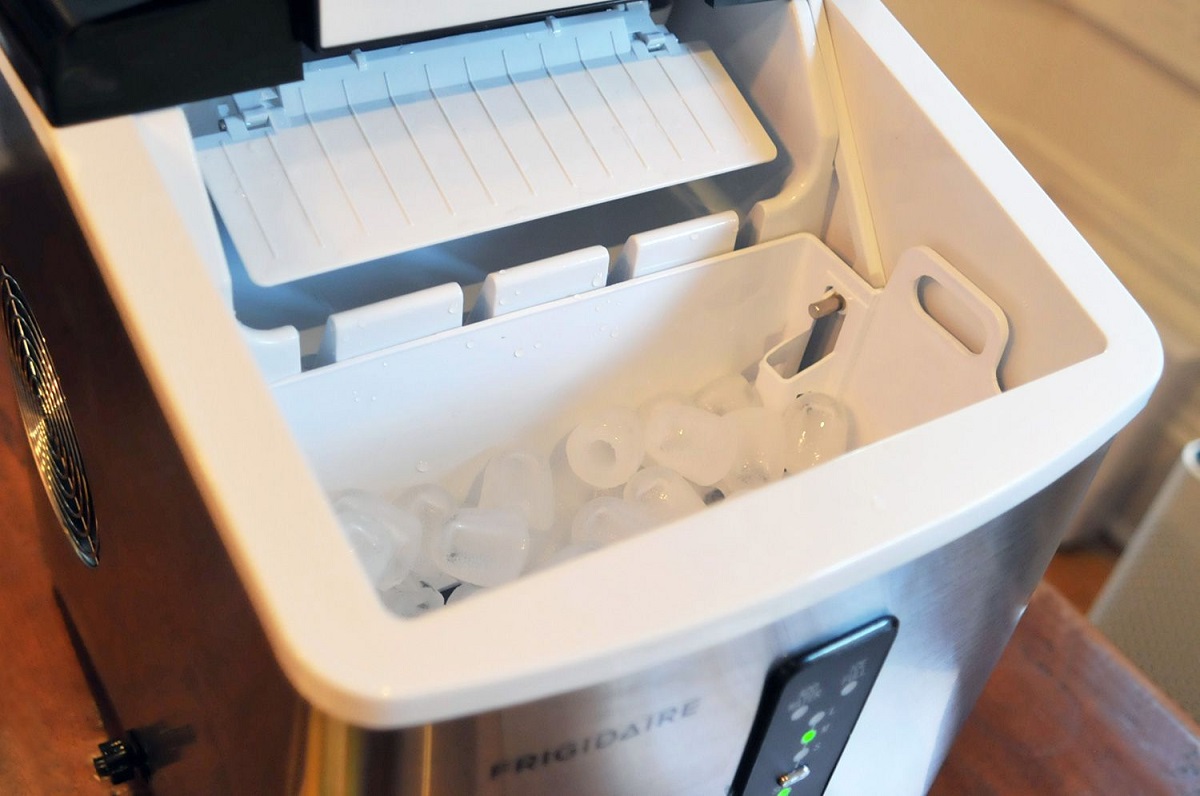

0 thoughts on “Where To Put Water In Frigidaire Ice Maker”